
Deutsch-Chinesische Enzyklopädie, 德汉百科
 Shanghai Shi-SH
Shanghai Shi-SH

崇明岛是中国国家地质公园,公园范围涵盖整个崇明岛,东西长约76公里,南北宽约13~18公里,面积约1200平方公里。崇明岛有“长江门户、东海瀛洲”之称。全岛三面环江,一面临海,东濒东海,南与上海浦东新区、宝山区及江苏省太仓隔水相望,西、北以长江与江苏省海门、启东一衣带水。全岛面积1225平方公里,东西长80公里,南北宽13至18公里,为中国大陆地区实际管辖之第二大岛,面积次于海南岛。岛上地势平坦,无山岗丘陵,西北部和中部稍高,西南部和东部略低
Chongming Dao (chinesisch 崇明島 / 崇明岛, Pinyin Chóngmíng Dǎo) ist mit 1.267 km² nach Hainan die zweitgrößte Insel der Volksrepublik China. Chongming Dao liegt an der Mündung des Jangtsekiangs in das Ostchinesische Meer.
Chongming Dao befindet sich zum überwiegenden Teil innerhalb der Regierungsunmittelbaren Stadt Shanghai und ist Namensgeber für den Stadtbezirk Chongming, zu dem sie selbst auch gehört. Ein Teil der Nordküste der Insel, der bis zur Verbindung mit Chongming Dao die separate Insel Yonglongsha bildete, ist Teil des Stadtgebiets Nantongs in der Provinz Jiangsu.
崇明島(すうめいとう、チョンミンダオ、拼音: )は、中華人民共和国の長江河口にあり、上海市崇明区及び江蘇省海門市、啓東市に属す島である。東経121°09′30〃から121°54′00〃,北経31°27′00〃から31°51′15〃に位置する。北亜熱帯に属す気候は温和で湿潤。年平均気温は15.2℃で、四季がある。 崇明島の面積は約1225平方kmあり、東西約80km、南北約15kmあり、中国の台湾島 海南島に次ぐ3番目に大きい島である。また、世界一大きい沖積島でもあり、長江の門戸、東海瀛洲とも称される。 島の東に東シナ海、南には長江をはさみ上海浦東新区、宝山区、江蘇省太倉市、西、北には長江、江蘇省海門市、啓東市がある。崇明島の大部分は上海市に属すが、ごく一部が江蘇省海門市海永郷と啓東市啓隆郷に属する。 島は全体的に平らで、山も丘もなく、約90%が標高3m〜4mの間で、西部が東部よりも少し高い。南にある長興島、横沙島とともに崇明区を構成している。
Chongming, formerly known as Chungming, is an alluvial island at the mouth of the Yangtze River in eastern China covering 1,267 square kilometers (489 sq mi) as of 2010. Together with the islands Changxing and Hengsha, it forms Chongming County, the northernmost area of the provincial-level municipality of Shanghai. At the time of the 2010 Chinese census, its population was 660 000.
A 20-kilometer-long (12 mi) stretch of the north shore of the island is not part of Chongming County or Shanghai but are instead two pene-exclaves of Jiangsu, formed by the connection of Chongming to the formerly-separate island of Yonglongsha.
Chongming (en chino, 崇明; pinyin, Chóngmíng; Wu: Dzonmin) es una isla china localizada en la desembocadura del río Yangtsé en el océano Pacífico. Junto a las dos islas menores de Changxing y Hengsha conforma el condado de Chongming. Con un área de 1041,38 km², es la tercera isla más grande de China, después de Hainan y Taiwán. En 2001 tenía una población de 694.600 habitantes.
Fue una de las áreas más rurales de Shanghái, pero actualmente es sujeto de un plan maestro urbano y agrícola, patrocinado por el gobierno chino. Se constrirá un túnel para conectar la isla con Shanghái, y se quiere incrementar la población mediante la construcción de una ecociudad al este de Chongming, Dongtan, incorporando agricultura specializada y desarrollo sustentable.
La historia de Chongming: Au moins dans la première année de Shen long ( Chinese: 神龍元年)( A.D. 705 ) , il y avait des habitants installés dans l'île de Chong-Ming.
Чунминдао (кит. упр. 崇明岛, пиньинь Chóngmíng Dǎo) — остров в устье Янцзы, третий по величине остров Китая (после Тайваня и Хайнаня).


 Anhui Sheng-AH
Anhui Sheng-AH
 Chongqing Shi-CQ
Chongqing Shi-CQ

 History
History
 H 1000 - 500 BC
H 1000 - 500 BC

 History
History
 I 500 - 0 BC
I 500 - 0 BC
 Guizhou Sheng-GZ
Guizhou Sheng-GZ
 Henan Sheng-HA
Henan Sheng-HA
 Hubei Sheng-HB
Hubei Sheng-HB
 Hunan Sheng-HN
Hunan Sheng-HN
 Jiangsu Sheng-JS
Jiangsu Sheng-JS
 Jiangxi Sheng-JX
Jiangxi Sheng-JX
 Shandong Sheng-SD
Shandong Sheng-SD
 Shanghai Shi-SH
Shanghai Shi-SH
 Sichuan Sheng-SC
Sichuan Sheng-SC
 Zhejiang Sheng-ZJ
Zhejiang Sheng-ZJ
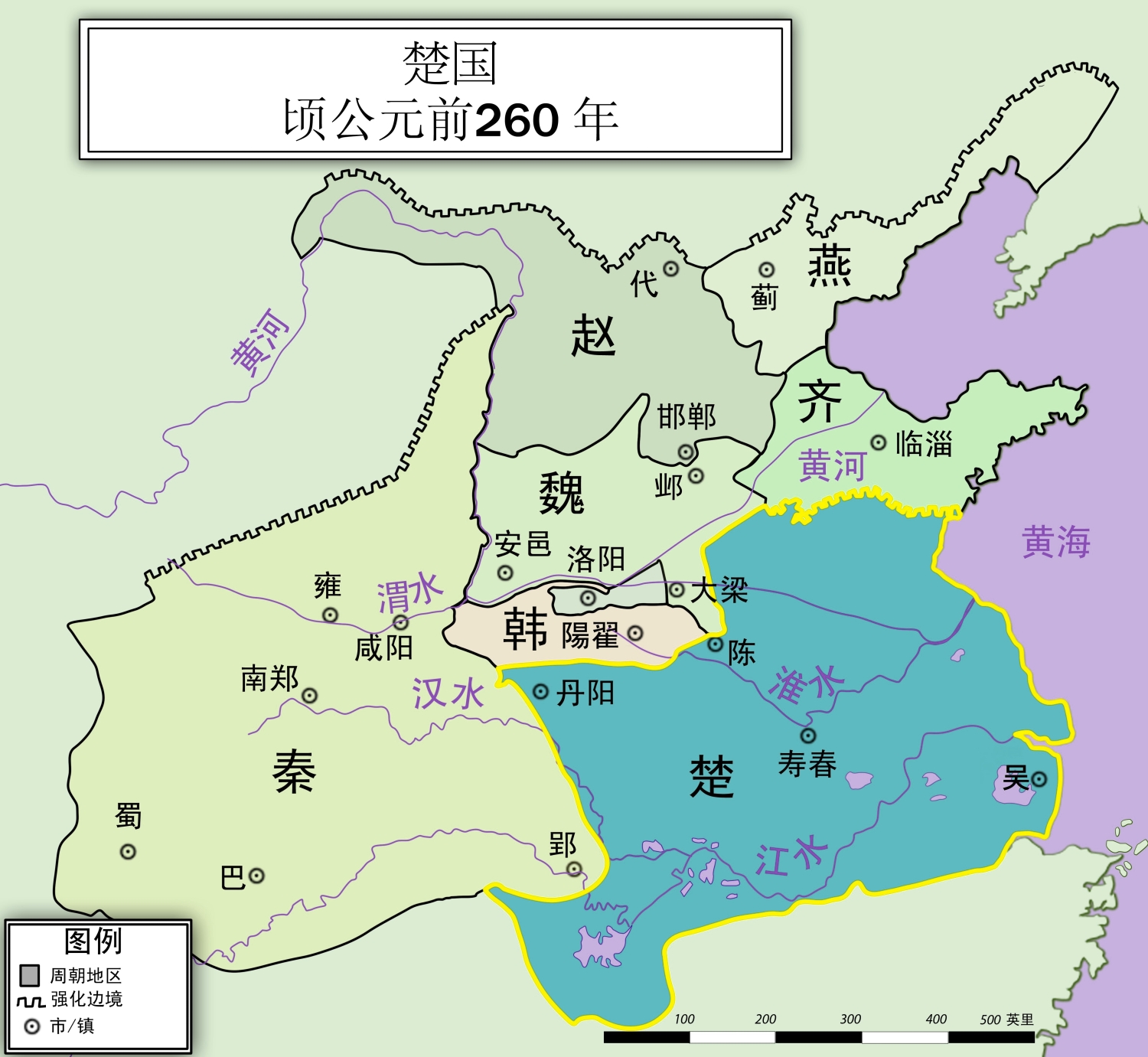
Chu (chinesisch 楚, Pinyin Chǔ, W.-G. Ch'u) war ein Königreich im Gebiet des heutigen Süd-China während der Westlichen Zhou-Dynastie (1046 bis 771 v. Chr.), der Zeit der Frühlings- und Herbstannalen (722 bis 481 v. Chr.) und der Zeit der Streitenden Reiche (475 bis 221 v. Chr.).
Ursprünglich war das Land als Jing (荆) und nachfolgend als Jingchu (荆楚) bekannt. Die größte Ausdehnung umfasste ein umfangreiches Gebiet, einschließlich das der heutigen Provinzen Hunan, Hubei, Chongqing, Henan, und Teile von Jiangsu. Die Hauptstadt von Chu war Ying.
Chu war zu seiner Zeit einer der mächtigsten Staaten und unterwarf zum Beispiel auch den kleineren Staat Lu im heutigen Shandong.
Größere Bedeutung erlangte Chu erstmals unter der Herrschaft von König Zhuang.
Chu (Chinese: 楚, Old Chinese: *s-r̥aʔ[2]) was a hegemonic, Zhou dynasty era state. From King Wu of Chu in the early 8th century BCE, the rulers of Chu declared themselves kings on an equal footing with the Zhou kings. Though initially inconsequential, removed to the south of the Zhou heartland and practising differing customs, Chu began a series of administrative reforms, becoming a successful expansionist state during the Spring and Autumn period. With its continued expansion Chu became a great Warring States period power, until it was overthrown by the Qin in 223 BCE.
Also known as Jing (荆) and Jingchu (荆楚), Chu included most of the present-day provinces of Hubei and Hunan, along with parts of Chongqing, Guizhou, Henan, Anhui, Jiangxi, Jiangsu, Zhejiang, and Shanghai. For more than 400 years, the Chu capital Danyang was located at the junction of the Dan and Xi Rivers[3][4] near present-day Xichuan County, Henan, but later moved to Ying. The ruling house of Chu originally bore the clan name Nai (嬭) and lineage name Yan (酓), but they are later written as Mi (芈) and Xiong (熊), respectively.[5]
Chu ou l'état de Chu (chinois simplifié : 楚国 ; chinois traditionnel : 楚國 ; pinyin : ; littéralement : « pays Chǔ ») était un État des périodes des Printemps et Automnes et des Royaumes combattants, établi sur le fleuve Yangzi. Chu a été annexé par Qin en 223 av. J.-C. La maison royale de Chu à l'origine portait le nom ancestral Nai (嬭) et le nom de clan Yan (酓) mais ceux-ci sont devenus plus tard Mi (芈) et Xiong (熊)1.
Chǔ (楚) fu un regno situato nell'attuale Cina centro meridionale, durante il Periodo delle primavere e degli autunni, (722-481 a.C. e il Periodo dei regni combattenti (481-221 a.C.). La famiglia dominante possedeva il cognome "mi" (芈), nome del clan "xiong" 熊, e il titolo nobiliare di "zi", corrispondente approssimativamente al nostro visconte.
Il primo nome dello Stato era Jing (荆) e successivamente Jingchu (荆楚). Al massimo della sua espansione il regno di Chu occupava una vasta area di territorio, comprendente le attuali province dello Hunan, Hubei, Chongqing, Henan, Shanghai, e parte dello Jiangsu. La capitale del regno era Ying (郢), localizzata approssimativamente nei pressi dell'attuale Jingzhou, nella provincia dell'Hubei.
Chǔ (楚, Wade-Giles: Ch'u3, pinyin: Chǔ) fue un reino situado en lo que hoy es China central y meridional durante el período de Primaveras y Otoños (722-481 a. C.) y el período de Reinos Combatientes (481-212 a. C.).
Fue originalmente conocido como Jing (荆) y luego como Jingchǔ (荆楚). Con el peso de su poder, el reino Chǔ ocupó vastas tierras, incluyendo las provincias actuales de Hunan, Hubei, Chongqing, Henan, Shanghái, y partes de Jiangsu. La capital de Chu era Ying (郢) y estaba ubicada en lo que hoy es la provincia de Hubei.
Чу (кит. 楚) — царство в южном Китае во время эпохи Чуньцю (722—481 гг. до н. э.) и Чжаньго («Воюющие царства» 481—221 до н. э.).
Первоначально царство было известно под названием Цзин (荆), затем Цзинчу (荆楚). На пике могущества под властью Чу находилась территория современных провинций Хунань, Хубэй, Чжэцзян, частично Цзянсу, Цзянси, Аньхой и Фуцзянь, а также города Шанхай. Ранней столицей Чу был Даньян 丹陽, в правление Сюн Туна (8-7 вв. до н. э.) столица была перенесена в Ин 郢 (совр. Цзинчжоу).


Die Commercial Aircraft Corporation of China Ltd. (COMAC oder Comac, Chinesisch: 中国商用飞机有限责任公司, Pinyin: zhōngguó shāngyòng fēijī yǒuxiàn zérèn gōngsī) ist ein chinesischer Flugzeughersteller.
Die Gesellschaft wurde von der chinesischen Regierung, der Regionalregierung von Shanghai und den bereits bestehenden Konsortien AVIC I + AVIC II am 11. Mai 2008 in Shanghai in China gegründet. [1][2] Am 28. Dezember 2009 erfolgte der erste Spatenstich einer Fabrik des Unternehmens. In diesem Gebäude soll die C919 gebaut werden.
(Quelle:wikipedia)

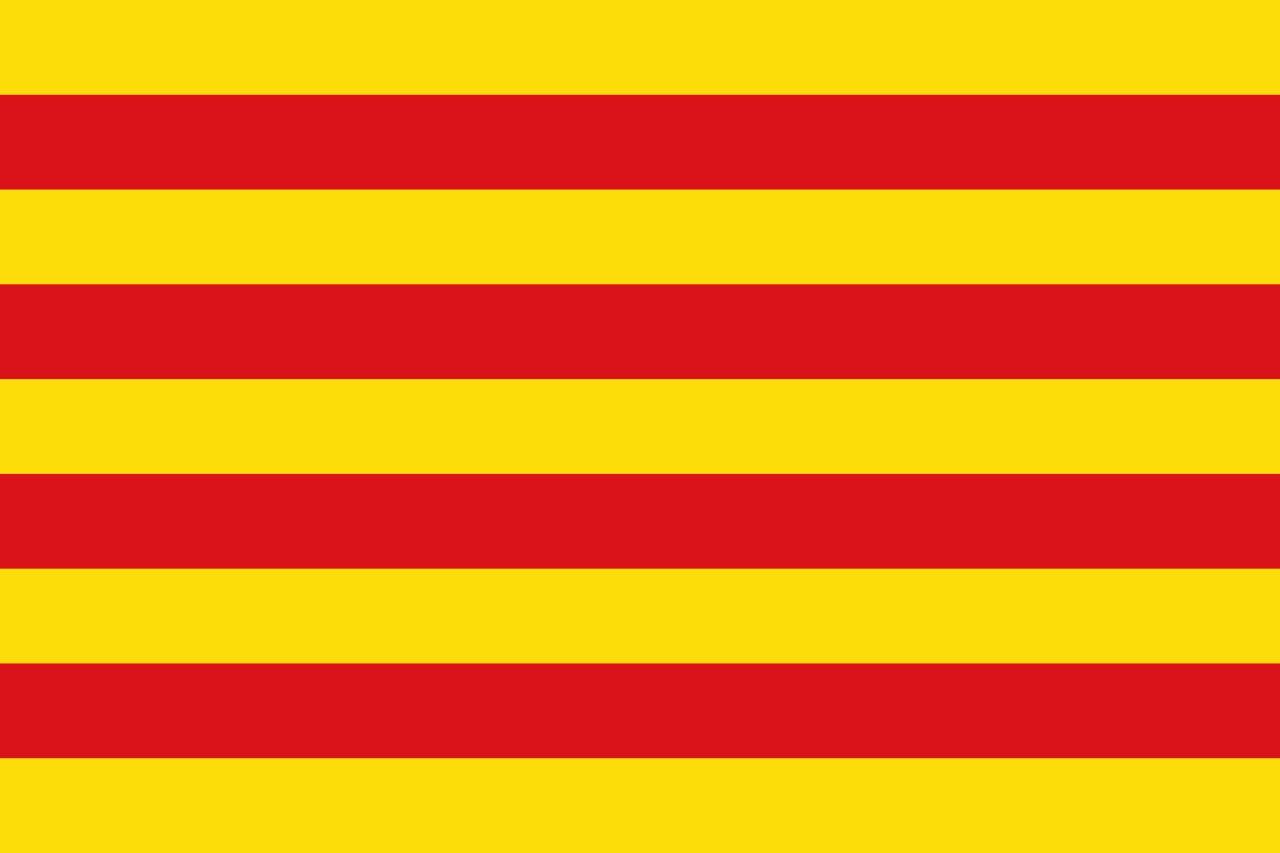 Cataluña
Cataluña

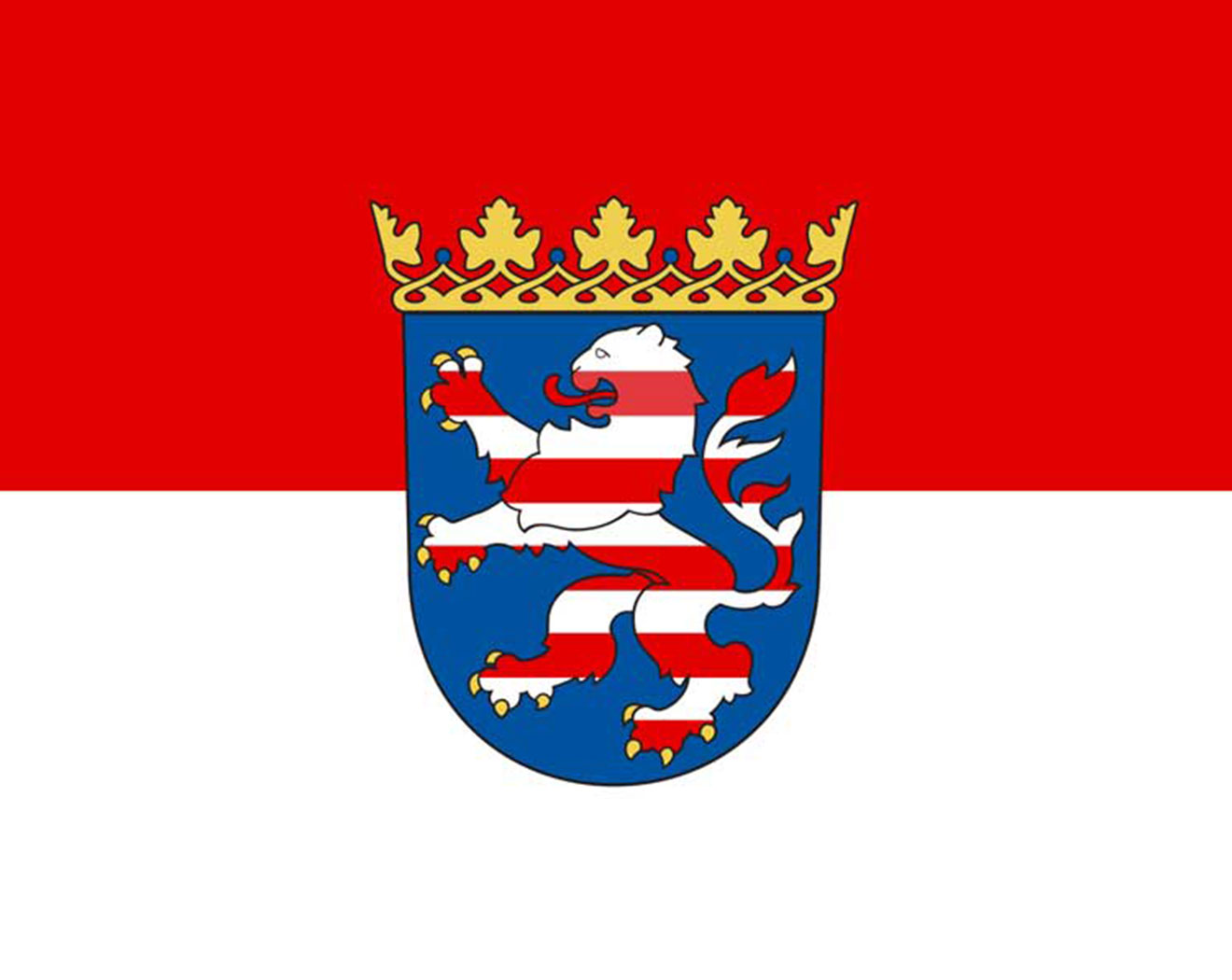 Hessen
Hessen

 Ile-de-France
Ile-de-France
 Kantō
Kantō

 Exhibition
Exhibition
 National Capital Territory
National Capital Territory
 Republic of Korea
Republic of Korea
 Shanghai Shi-SH
Shanghai Shi-SH
 Thailand
Thailand

 China
China
 Guangdong Sheng-GD
Guangdong Sheng-GD


 IT-Times
IT-Times
 Late Classical, Romantic (Early, Middle, Late)
Late Classical, Romantic (Early, Middle, Late)
 Japan
Japan
 Republic of Korea
Republic of Korea
 Shanghai Shi-SH
Shanghai Shi-SH
 Taiwan Sheng-TW
Taiwan Sheng-TW
 United States
United States
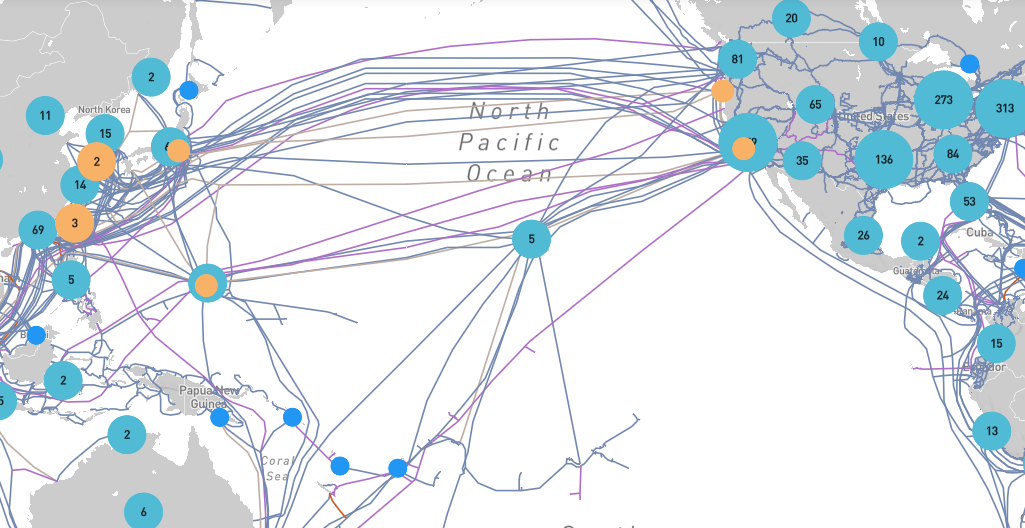
Cable System:
- China-US Cable Network, China-US CN or CUCN
Cable Length:
- 30,800 Km
Design Capacity:
- 80 Gbps (four optical fiber pairs, each of 8x2.488 Gbps SDH over DWDM)
- Constructed as a self-healing ring cable
Lit Capacity:
- 80 Gbps



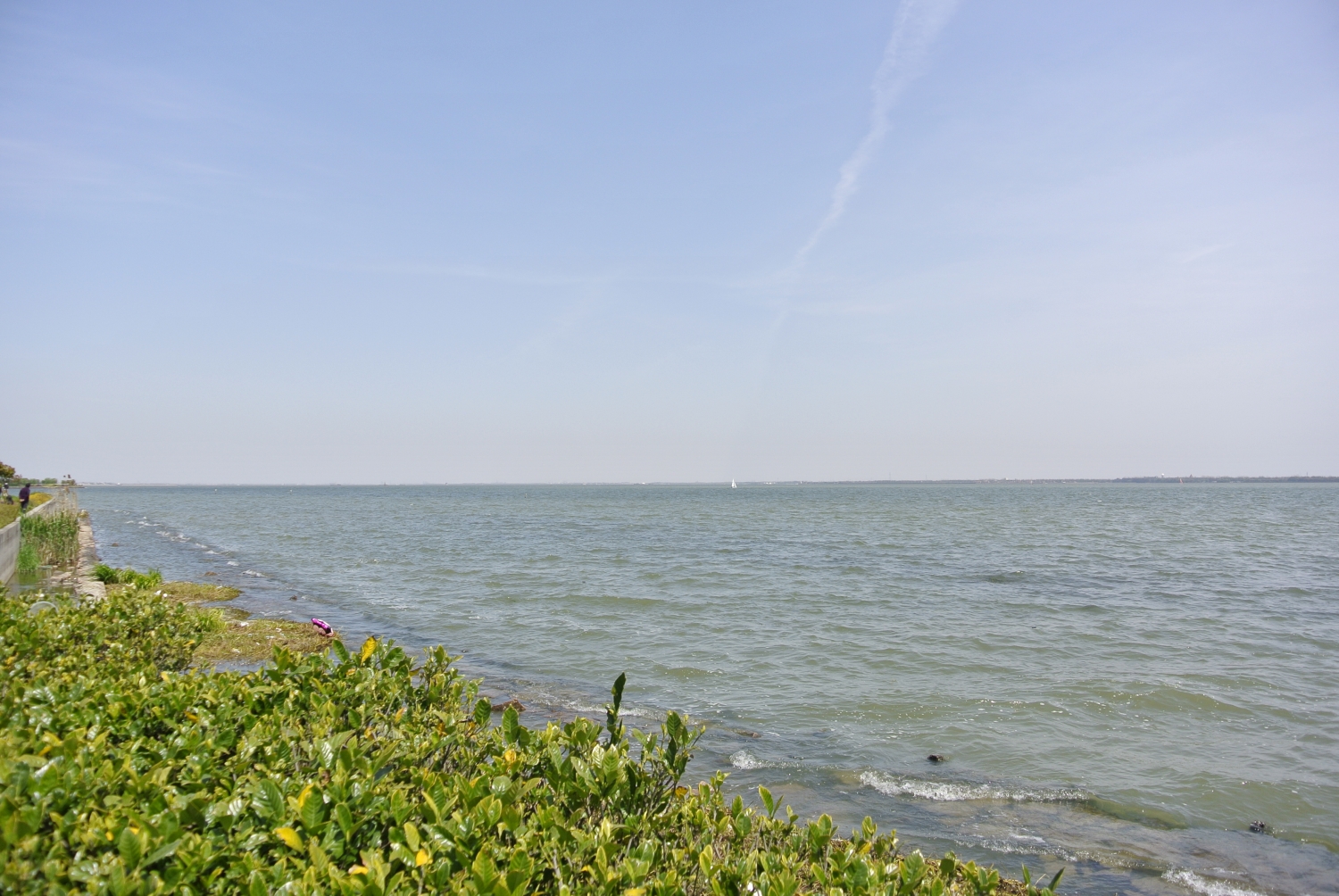
 Geography
Geography
 Architecture
Architecture
 Companies
Companies


 Aerospace
Aerospace
 Medical, Pharmaceutical, Rehabilitation
Medical, Pharmaceutical, Rehabilitation
 Music
Music
 Art
Art